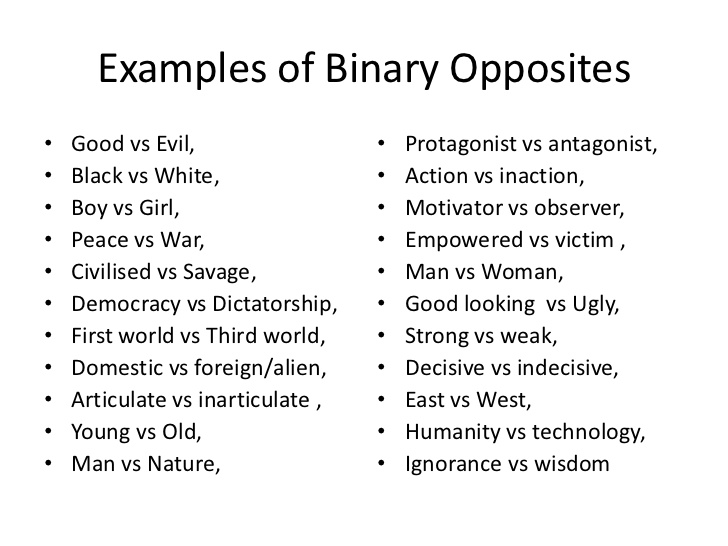The title for our exam is ‘variation and similarity’. In this blog post I will be exploring and breaking down the title, to discover what it will mean and how I can explore different ideas for this project.
Variation
In my point of view the word variation means the slight changes and differences between things. Variation as defined by the dictionary is ‘a change or slight difference in condition, amount, or level, typically within certain limits’. The word variation comes form the Latin word variātiōn which stemmed from the word variātiō.
Some synonyms of this word are:
- difference
- fluctuation
- alteration
Similarity
In my point of view the word similarity means something to be like something else, or the same with a few ‘differences’. Similarity is actually defined as ‘the state or fact of being similar’ and ‘a similar feature or aspect’. This word comes from the old French similaire which comes from the Latin similis.
Some synonyms of this word are:
- comparable
- identical
- related
- complimentary
Binary opposites
Variation and similarities is an example of binary opposites. Other examples of binary opposites are:


Jay you need to get up to speed with showing more evidence of research and responses to photo-assignments on Everyday and Repetition
See planner below for weeks one and two
14 – 24 Feb + H-term
Research 1: Gather as many visual inspirations as possible that may help you to develop your response to the exam theme. Look at a range of visual material – photographs, films, paintings, drawings, design etc that provide some inspiration for you in the way you want to develop your idea. Make a
mood-board and a mind-map and produce at least 4-5 blog posts that illustrate your thinking and understanding. Use pictures and annotation and make at least one photographic response to initial research over H-term!
25 Feb –3 March
Research 2: Research, at least, the work of two or more photographers/artists; analyse their work with references to texts/ sources/ quotes and explain why you have chosen them and how it relates to your idea and the exam theme. Produce at least 2 blog posts for each artist reference that illustrate your thinking and understanding. Use pictures and annotation and
make a photographic response to your research.
Photo-assignments
Produce a number of quick photoshoots or video shoots using your mobile phone or camera . These initial recordings are testing out ideas that you could develop and refine later on as part of your exam project.
MUST – Choose 1 Task – (C-grades)
SHOULD – Explore 2 Tasks – (B-grades)
COULD – Complete all 3 Tasks – (A-grades)
Everyday
Repition
Play
Narrative
Over half-term you must all do Photo-assignment 1: Everyday and choose a second task of your choice